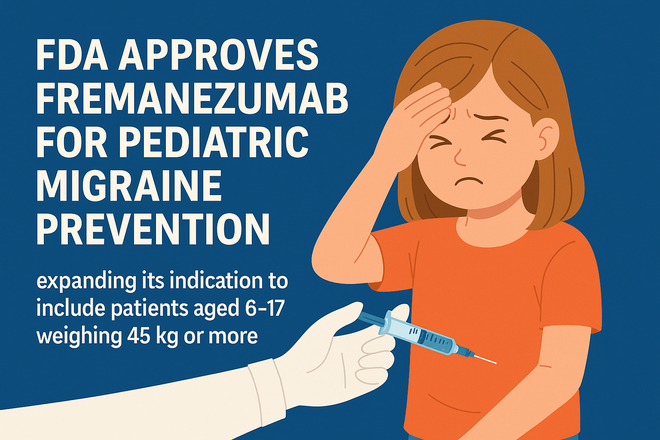For most children, influenza (flu) typically causes uncomfortable but manageable symptoms such as fever, sore throat, and body aches. However, a rare complication known as influenza-associated acute necrotizing encephalopathy (ANE) can lead to devastating outcomes, including long-term neurological damage and death.
A new multicenter study published today in JAMA, led by Molly Wilson-Murphy, MD and Rachel Walsh, MD of Boston Children’s Neuroimmunology Center, reveals alarming findings: ANE in children carries a 27% mortality rate, often resulting in death within three days of symptom onset.
A Closer Look at the Findings
Prompted by an observed rise in ANE cases during the 2024-2025 U.S. flu season, researchers analyzed data from 41 children diagnosed with influenza-associated ANE across 23 pediatric hospitals. Most of the affected children were previously healthy with no significant medical history.
- Mortality: 11 children (27%) died, primarily due to brain herniation.
- Morbidity: Among the 30 survivors, neurological complications persisted—such as epilepsy—and only 43% regained the ability to walk unassisted after three months.
“While rare, ANE is potentially devastating and can progress very quickly,” said Dr. Wilson-Murphy. “Rapid recognition and treatment are essential to improve outcomes, and vaccination may play a critical role in prevention.”
The Role of Vaccination
The study highlights vaccination as a key preventive measure:
- Only 6 of 41 affected children had received the recommended flu vaccine for that season.
- Among the 11 deaths, just one child had been vaccinated.
These findings reinforce earlier research, including a Japanese study showing that mass flu vaccination significantly reduces deaths from influenza-associated encephalopathy by decreasing viral transmission in the community.
Call to Action
The authors stress the importance of early diagnosis, neuroprotective critical care, and immunotherapy for suspected cases of ANE.
“There is still much to learn about ANE,” said Wilson-Murphy. “We hope these findings drive better surveillance, recognition, and ultimately, advances in treatment.”
Source: JAMA (DOI: 10.1001/jama.2025.11534)






